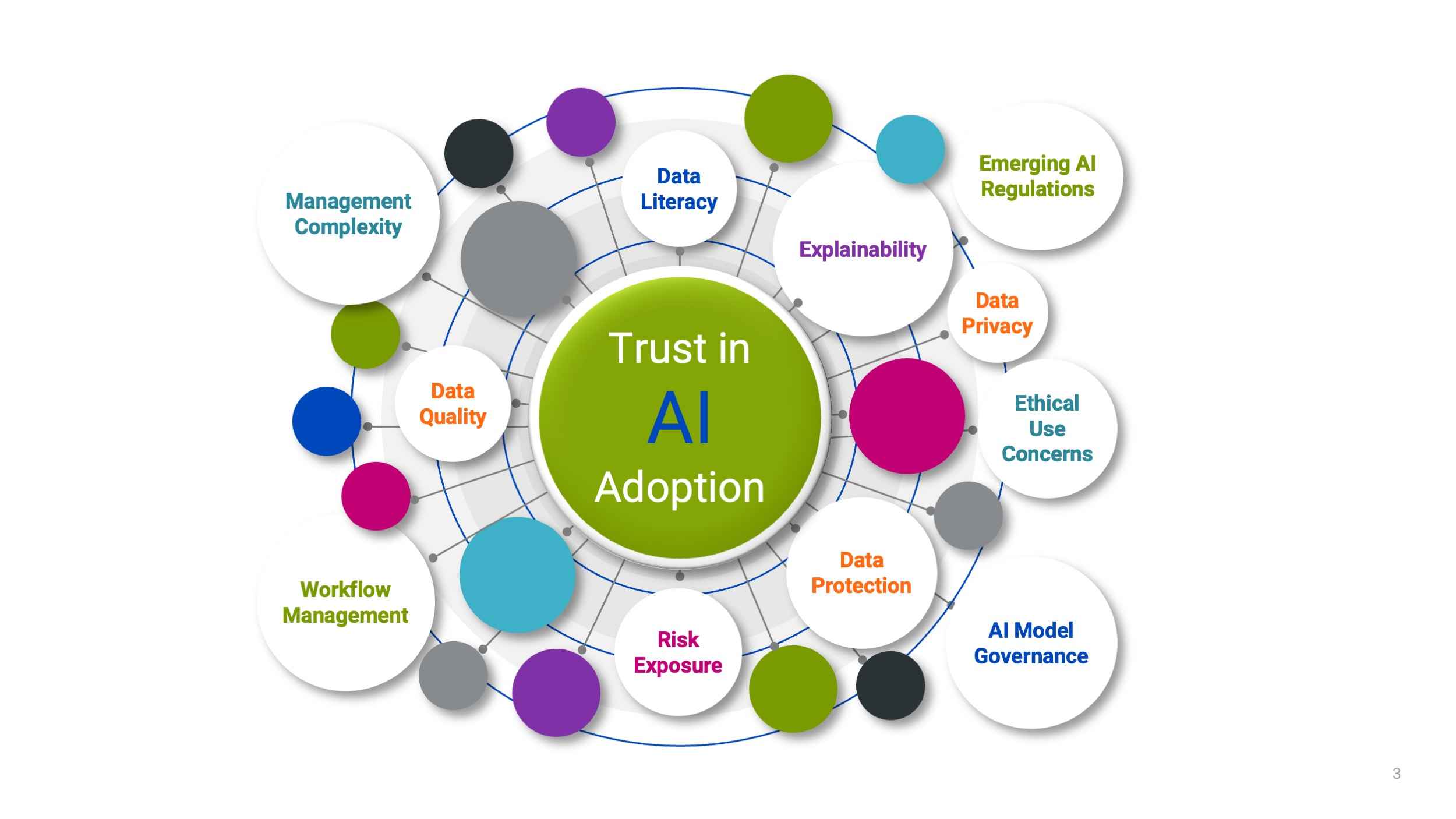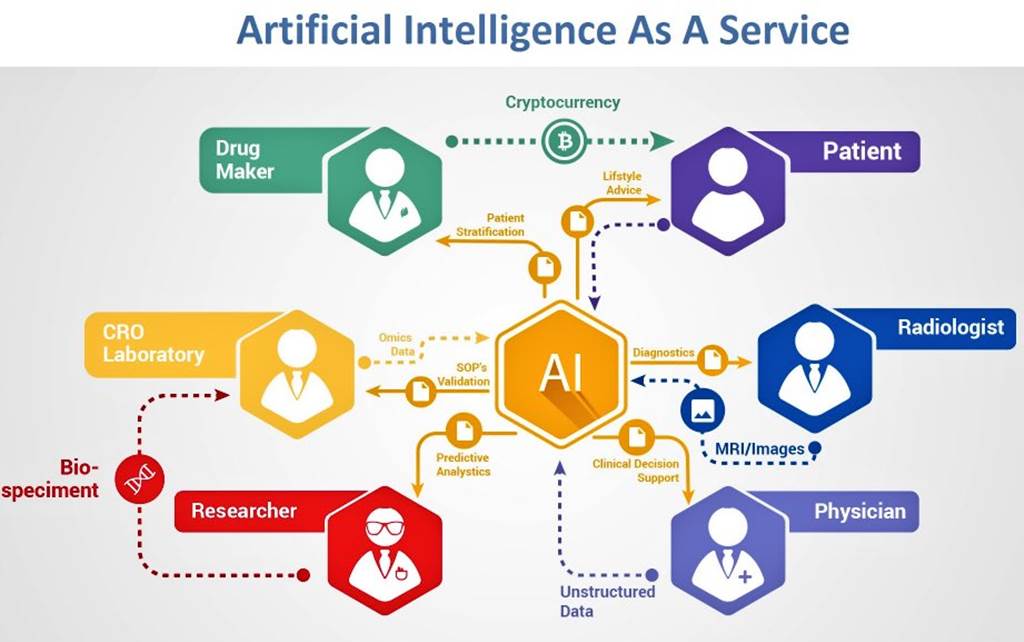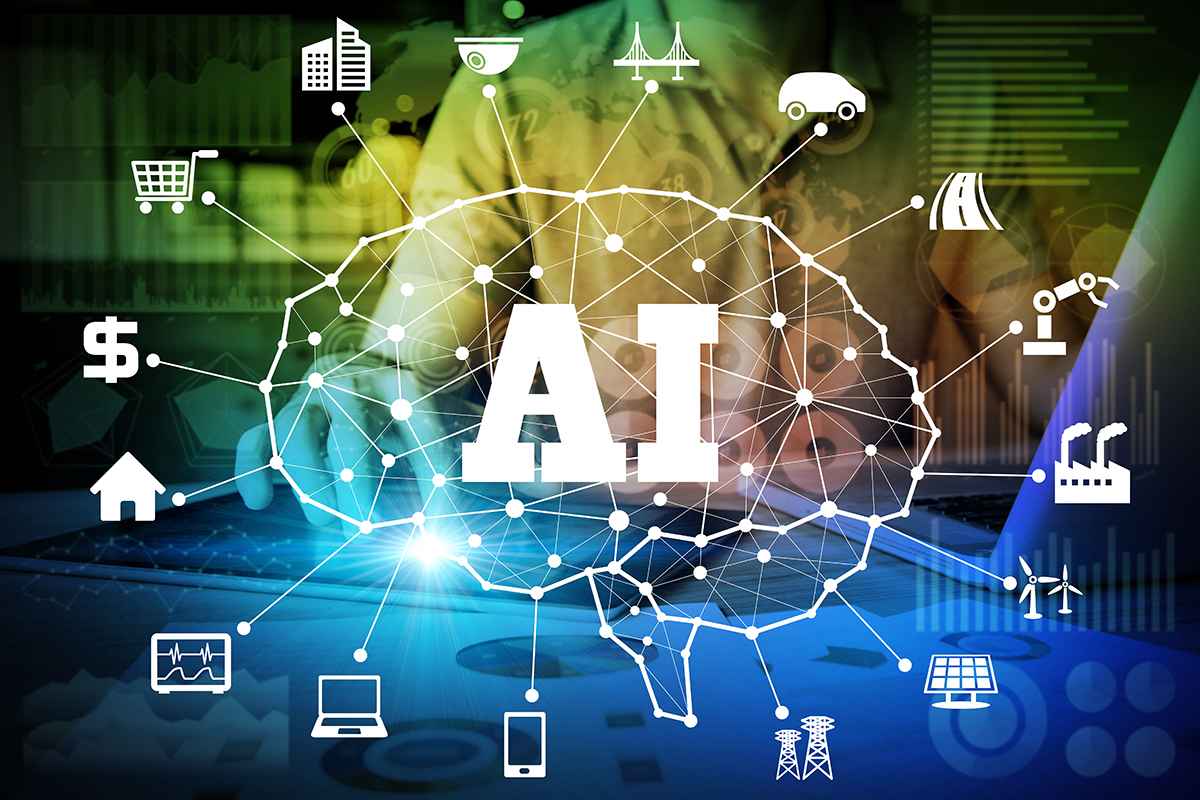Barriers to AI implementation in developing economies aren’t just speed bumps; they’re veritable roadblocks that can halt progress profoundly. As an expert navigating these tech terrains, I’ve seen firsthand how lack of funds and know-how slam the brakes on AI dreams. My travels through struggling markets have revealed a stark reality: without change, they’ll remain on the outskirts of this AI revolution. But it’s not all gloom. With grit and wit, these hurdles bow to those who dare to leap. Let’s pave this rocky path and spark a change, shall we?
Understanding the Landscape of AI in Developing Economies
The Challenges of AI Adoption in Low-Income Countries
The road to AI in low-income countries is tough. One big roadblock is the high cost of AI technology. Getting your hands on AI stuff can cost a pretty penny. This makes it hard to start using AI in places that don’t have much money. But that’s not all. A lot of places just don’t have the right set-up to handle AI. We call this lack of AI infrastructure. Without the right tech in place, AI can’t really take off.
Now, let’s not forget the people behind the tech. I’m talking about those skilled in AI – it’s called the AI talent gap. In Africa, for example, we don’t have enough folks trained up in AI. This makes it hard to grow AI from within. Speaking of growing, get this: in Asia, finding the money to support AI projects can be tough. They face AI funding issues that make it hard to keep AI projects alive.
How about the government? Well, they’ve got their work cut out too. It’s a tricky dance with AI policy and regulation challenges. Leaders have to figure out how to let AI in while keeping things safe and fair. And then, we must think about the people. Awareness about AI in places that don’t have much exposure can be pretty low. This means folks might not know how AI can help them or be wary of it.
Assessing AI Readiness in Emerging Markets
Before diving into AI, we first ask, “Is this place ready for AI?” to figure out AI readiness in emerging markets. Some things can make it tough, like not having enough data to train AI systems – that’s data scarcity. Or big gaps in tech use – we see this as a technological disparity.
Energy is another big thing. Without reliable power, AI systems can’t run. So, energy constraints for AI are a huge hurdle. And we can’t forget about jobs. We always have to ask how AI might change local labor markets. Will it take jobs or make them? It’s a delicate balance.
One thing we urgently need is more AI learning opportunities. We’ve seen limited access to AI education hold people back. Then there’s the hard task of doing new AI research and development, with loads of bumps along the way.
Ethics matter too, especially in emerging economies. How we think about and use AI needs to fit with local values. This is where ethical considerations for AI come into play. At the end of the day, AI should help everyone, not just a few. So, we keep an eye out for AI inclusivity issues to make sure AI is fair.
Wrapping it all up, one last piece is how AI fits with old systems. If it doesn’t match well, it’s a no-go. We call this AI compatibility with existing systems. All these challenges need smart thinking. Let’s tackle them head-on and light up the path to AI in developing economies together.
Key Barriers to AI Implementation
Addressing the Cost of Artificial Intelligence Technology
The cost of AI tech is a hurdle. In developing lands, funds are tight. Tech ain’t cheap. Many can’t buy what they need to make AI work. Yet, it’s more than buying stuff. It’s about upkeep. It costs to keep AI running smooth. But there’s hope. Some find cheaper ways. They make do, use what’s at hand, get smart with money. Costs drop but challenges stay. We must find new solutions, make AI cost less.
Building Infrastructure and Closing the AI Talent Gap
AI needs a place to grow. Good tools, fast net, and steady power are key. These are scarce. They slow down the spread of AI. It’s tough to fill the gap. Schools must teach AI skills. But teachers and materials are in short supply. Africa feels this the most. Young minds want to learn, yet chances are few. Asia works hard to fund AI projects. Money helps but can’t fix all.
There’s more to know. Changing policy can help. Laws must back up learning and growth. Yet, rules can be hard to make fit. Each place has its own needs. We should learn from others. Look at what they do right. Trust is vital. People must believe in AI. It must be safe and fair. Data must stay private. And don’t forget culture. AI should fit in with how people live.
It takes many to raise AI well. Teachers, leaders, and businesses all have a role. They can help fix the gap. But they must work together. Teamwork makes AI strong. With the right backing, AI can change lives. It can aid docs and farmers alike. It makes care and crops better. We must build, teach, and grow together. And so, bridges over these gaps can be built.
Policy and Funding: Critical Enablers of AI Advancement
Navigating AI Policy and Regulation Challenges
In many places, folks find it tough to make AI work right. Why? Well, often, their rules and laws aren’t set up for it. Think of it like a new game where the old rules don’t fit. In developing economies, setting up laws for AI can be like making a new path through a thick forest. It’s not easy.
AI can really help folks, but it can also cause harm if not used in the right way. So, what’s needed are good rules that make sure AI is safe and fair for everyone. We have to ask how we protect our people’s privacy and make sure AI treats everyone the same. These are big questions, and the answers can help make things better.
One thing’s for sure: we can’t just copy laws from rich countries. Every place is different, with its own needs and ways of living. Building AI rules in emerging markets means really understanding what folks there need. It’s like a chef making a special dish that fits what the locals like to eat.
Overcoming AI Funding Issues and Investment Barriers
Money makes the world go round, right? It’s the same with AI. But getting the cash you need in poorer places can be really tough. It’s like having a great idea for a lemonade stand but with no lemons or sugar. How do you start?
For AI in developing countries, the lemons and sugar are the fancy computers and smart people that can help build AI. The thing is, investing in AI takes a lot of trust. People with money need to believe it will work out. So, we have to show them that even if things start small, they can grow big with time.
Sometimes, the folks with money worry about taking a risk in places they don’t know well. But if local leaders can show that they’re all in on helping AI grow, investors might just take a chance. It’s about bringing everyone to the table – governments, businesses, and those with the big bucks – to make a plan that works for everyone.
And hey, it’s not just about getting the money. It’s about using it wisely too. That means investing in education so young people can learn to build AI themselves. Or making sure there’s energy to power all those computers AI needs.
When I work with leaders in Asia or Africa, I keep saying it’s about planting the seeds for tomorrow. Sure, it takes time and care, but it’s worth it. The right money and rules can turn AI into a tool that helps everyone – from farmers who grow our food to doctors who keep us healthy.
So, to sum it all up, we’ve got to work on two things: create policies that fit just right for each place and get the funding that makes AI dreams come true. It’s not simple, but I’ve seen it happen. And when it does, it can change everything, lighting up the future bright and full of hope.
Fostering an Inclusive AI Ecosystem
Improving Digital Literacy and Ensuring AI Data Privacy
We know kids today must learn to read and write. Think of digital smarts the same way; it’s a must-have skill now. Why? Because knowing your way around tech is key, especially when AI steps in. AI is fancy tech that makes machines smart, like robots that can learn. We must understand how these robots work and keep our info safe when we use them.
In places with fewer dollars to spare, folks often don’t get to use much tech. Their smarts about digital stuff can be low. Also, folks worry if robots can keep secrets. We teach them by showing it’s not so hard to get comfy with AI and keep their data safe. We start by showing them how to use smartphones and the web, leading to bigger tech, like AI. We make sure to tell them, “Hey, your secrets are safe, and here’s how AI helps with that.”
Why does this matter so much? Because without good digital smarts, using AI is tough. And, if people don’t trust that their secrets are safe, they won’t use AI either. For a place to be ready for AI, people there have to know digital basics and believe in AI’s “secret-keeping” power.
Promoting Cultural Acceptance and Ethical AI Practices
Now, imagine someone gave you a tool, but it didn’t fit how you live—pretty useless, right? That’s why we have to make sure AI suits the ways of life where it’s used. It must help, not disrupt, how people go about their days. Some folks fear that robots will take over jobs. We must guide them to see AI as a helper, not a job stealer. We talk with them, find out what’s important in their lives, and then show how AI can be a good fit.
AI must also play fair and do the right thing—just like we teach our kids. Sometimes, tech that’s made in one place doesn’t work right or fair in another. The trick is to build AI that sees everyone the same and helps out without picking sides. This is hard but very important to do.
In places far from the big cities, in Asia or Africa, where folks may not see much tech, we need their leaders to say, “Yes, let’s bring in AI!” They can help spread the word and make laws that support safe and fair AI. Also, getting schools to talk about AI means young ones grow up ready for an AI world. We make sure every person gets a chance to learn, no matter where they live.
By doing all this, we help everyone get on board with AI. People start to believe in AI and see it as helpful. They learn not just to live with AI, but to grow with it. It’s not just about having robots. It’s about making sure AI is a good guest in our homes and lives. This way, AI can help make life better for people all over our world.
In this blog, we’ve tackled the tough road AI faces in developing nations. The challenges are real, from high costs and gaps in skills to tricky policy and funding hurdles. We also can’t ignore the need for better internet access and data privacy.
Putting AI to work for all needs both smart plans and strong community ties. We’ve seen AI can change lives, but only if it’s within reach for everyone. Our final thought? Let’s work together to break down these barriers. With the right mix of smart policy, solid investment, and community support, AI can thrive anywhere. Let’s make tech that includes everyone and builds a better future for all.
Q&A :
What are common challenges faced by developing economies in implementing AI technology?
Developing economies often grapple with a range of obstacles when it comes to adopting artificial intelligence (AI) systems. These include lack of technical infrastructure, shortage of skilled professionals, insufficient data architectures, and regulatory hurdles. Financial constraints also play a significant role, as AI projects require substantial investment, which can be challenging to secure in these regions.
How does inadequate data infrastructure hamper AI implementation in developing countries?
AI systems thrive on large datasets, which they use to learn and make accurate predictions. In many developing economies, there is a scarcity of well-structured and reliable data, impeding the training and efficiency of AI models. Furthermore, the lack of advanced data storage and processing facilities can restrict the ability to handle complex AI tasks.
Why is the shortage of AI talent a significant barrier in developing economies?
Developing economies may suffer from a ‘brain drain,’ where talented individuals in the AI field emigrate for better opportunities elsewhere. This talent deficit is compounded by the limited number of local educational institutions offering advanced AI and machine learning programs. Without a robust pool of skilled AI professionals, implementing and maintaining AI-based solutions becomes a formidable challenge.
How do financial constraints affect AI adoption in developing economies?
AI implementation often involves high initial costs, including investments in hardware, software, and talent. Developing economies, which may have constrained budgets and other urgent priorities, could find allocating resources for AI difficult. Additionally, the return on investment (ROI) for AI can be long-term and uncertain, which may deter stakeholders who need more immediate financial benefits.
Can government policy influence the success of AI implementation in developing economies?
Government policy plays a pivotal role in shaping the AI landscape within a developing economy. Effective policies can foster innovation, provide funding for AI initiatives, and create an environment that encourages the development of the necessary infrastructure. Conversely, restrictive regulations or a lack of strategic vision for AI can act as major barriers, stalling progress and innovation within the field.


